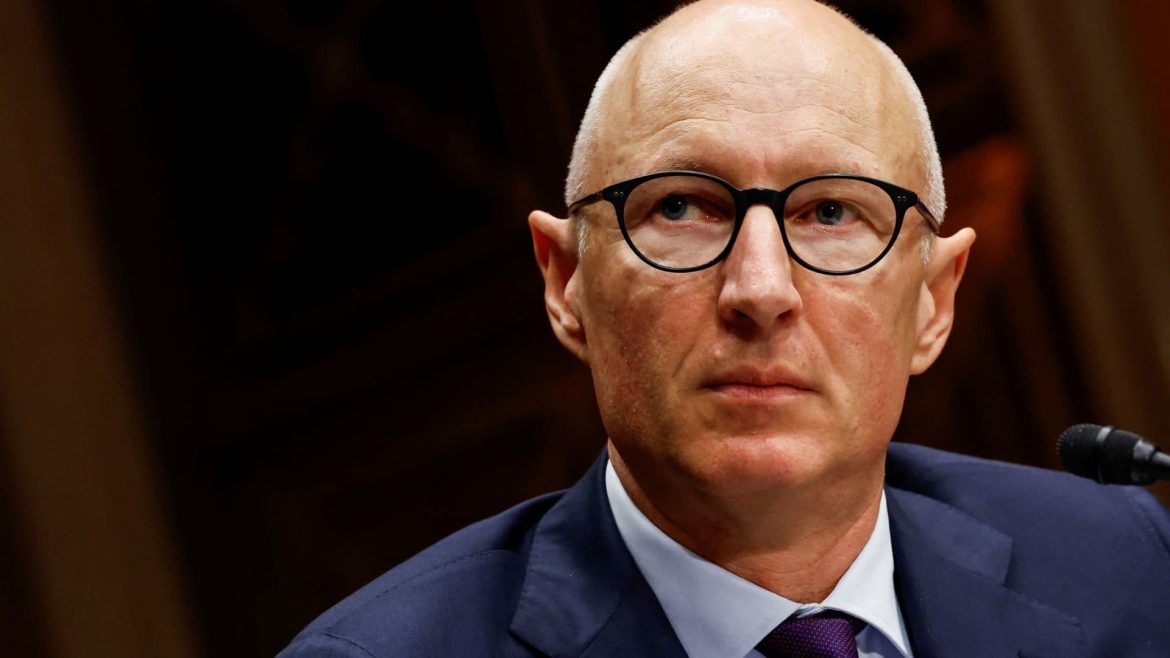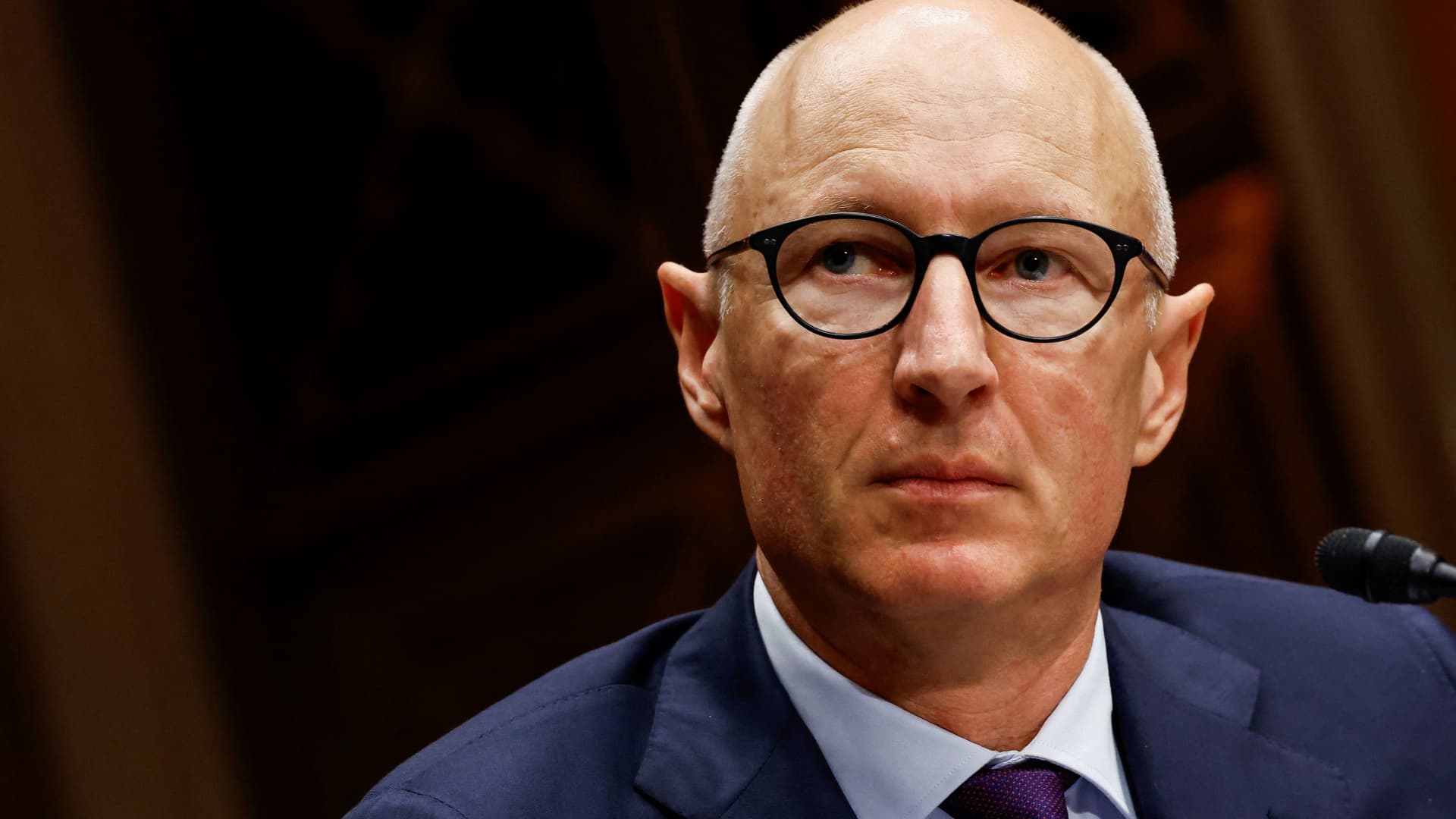Navigating Stormy Seas: Novo Nordisk’s Current Challenges and Leadership Transition
Novo Nordisk, widely recognized for its groundbreaking obesity treatments such as Wegovy and Ozempic, is undergoing a notable shift amid mounting market pressures and evolving industry dynamics. Once a shining star in the pharmaceutical sector, particularly after U.S. Food and Drug Administration approval propelled its GLP-1 receptor agonist drugs to blockbuster status, the company now faces a turbulence that calls for strategic recalibration. This situation culminated recently in the announcement that CEO Lars Fruergaard Jorgensen is stepping down after eight years heading the company. The development signals both the complexity of the market environment and the need for refreshed leadership amid intensifying challenges.
Market Pressures Shaping Novo Nordisk’s Performance
The company’s flagship products, Wegovy and Ozempic, revolutionized obesity treatment by harnessing innovative mechanisms addressing weight loss and diabetes management. Their debut sparked soaring sales and substantial market share acquisition, with Wegovy especially becoming synonymous with effective obesity therapy. However, the breakthrough success has invited fierce competition and unforeseen hurdles.
One prominent issue stems from regulatory decisions in the U.S., where shortages of Wegovy, Ozempic, and related drugs led to allowances for compounded alternatives. These compounded versions, priced at roughly $199 a month versus brand-name costs exceeding $1,000, have impacted Novo Nordisk’s branded drug sales negatively. This erosion of market control by less expensive compounded products triggered revenue pressures, compelling the company to revise profit forecasts downward despite overall year-over-year revenue growth.
Furthermore, competitors—most notably Eli Lilly—have accelerated market entries with similar GLP-1 drugs targeting obesity, squeezing Novo Nordisk’s dominance. Analysts and investors have observed a direct correlation between rising competition and the company’s share price decline, which plunged significantly in recent quarters. Such market dynamics challenge Novo Nordisk’s ability to sustain previous growth trajectories and investor confidence.
Leadership Exodus amid Share Price Pressure
The culmination of these pressures is evident in the announced departure of CEO Lars Fruergaard Jorgensen. After nearly a decade steering Novo Nordisk, Jorgensen’s resignation reflects the company’s acknowledgment of the necessity for new leadership strategies to revitalize growth and manage the evolving competitive landscape. He is set to maintain his role for a transitional period, facilitating continuity while enabling a managed succession.
This leadership shift comes on the heels of a notable share price downturn, with the firm’s stock falling sharply due to growing investor apprehension regarding the company’s capacity to outperform rivals and counteract market share erosion. The change in the CEO position may be interpreted both as a response to shareholder pressure and as proactive positioning to adapt to intensified market realities.
Strategic Responses and Forward Outlook
Despite its challenges, Novo Nordisk is not without prospects. The company’s CFO and management remain optimistic about the longer-term trajectory, anticipating that some competition from copycat compounded drugs will subside once regulatory enforcement against unauthorized compounders takes effect. This enforcement could restore a portion of Wegovy’s sales strength in the U.S market by curtailing lower-priced alternatives.
Moreover, Novo Nordisk is emphasizing innovation pipelines and the development of next-generation weight-loss therapies to maintain technological superiority. The company continues to hold a significant share of the global market for GLP-1 based obesity treatments, positioning it well to weather competition given its advanced molecular candidates and clinical trial progress.
Financially, while forecasts have been scaled back, the firm still expects sales growth, albeit at a slower pace than in previous years. The challenge lies in balancing immediate market headwinds with long-term innovation and sustained regulatory compliance to stabilize and eventually increase profitability.
Broader Industry Implications and Competitive Landscape
Novo Nordisk’s situation sheds light on the broader pharmaceutical industry dynamics where blockbuster success attracts intense rivalry and regulatory scrutiny. The obesity drug market, once relatively niche, has rapidly transformed into a battleground with multiple entrants aiming to capture emerging demand driven by public health trends and expanding treatment acceptance.
The shift in leadership at Novo Nordisk underscores how critical adaptive management is in responding to fast-moving markets and fierce competition. It also exemplifies how regulatory environments—such as the allowance of compounded generics under drug shortages—can unexpectedly disrupt market equilibrium and force incumbents to rethink business models.
Conclusion: Steering Toward Renewal
Novo Nordisk stands at a pivotal juncture. The departure of CEO Lars Fruergaard Jorgensen amid a challenging competitive and regulatory environment signals a period of introspection and transformation for the Danish pharmaceutical powerhouse. While the company’s flagship obesity drugs face setbacks from compounded competitors and intensifying rivalry, there remains a solid foundation of innovation, market presence, and financial strength to support a recovery.
How Novo Nordisk leverages new leadership to navigate these headwinds will define its trajectory in the coming years. Success will likely depend on regulatory enforcement of intellectual property protections, rapid advancement of novel therapeutics, and strategic agility in marketing and supply chain management. The pharma giant’s ability to turn current challenges into a renaissance story may well influence not only its own fate but the broader trajectory of obesity treatment worldwide.





